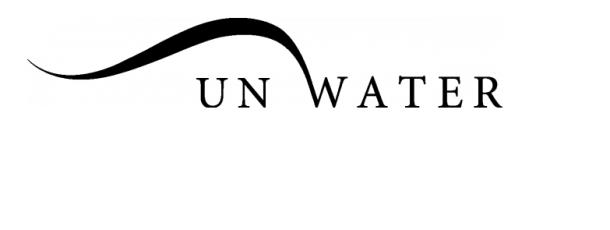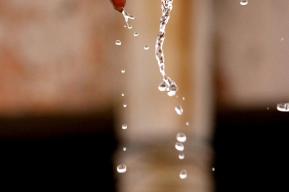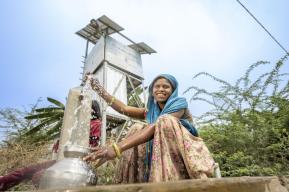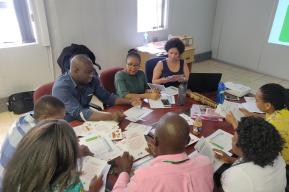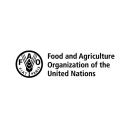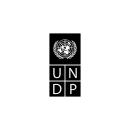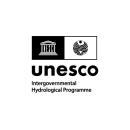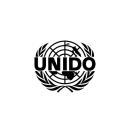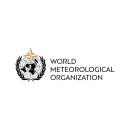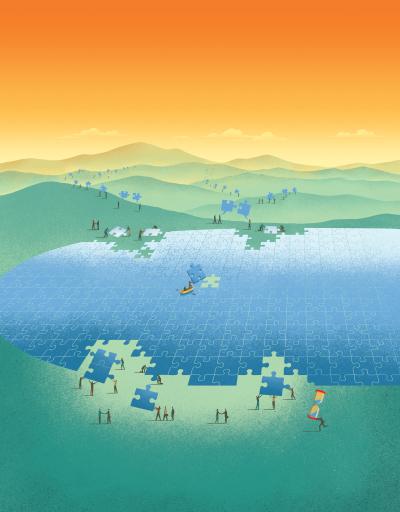
Partnerships and cooperation for water
Progress towards SDG 6
Partnerships and cooperation are essential to accelerating progress towards SDG 6 and realizing the human rights to water and sanitation. Safeguarding water, food and energy security through sustainable water management, providing water supply and sanitation services to all, supporting human health and livelihoods, mitigating the impacts of climate change and extreme events, and sustaining and restoring ecosystems and the valuable services they provide, are all pieces of a great and complex puzzle. Only through partnerships and cooperation can the pieces come together. And everyone has a role to play.
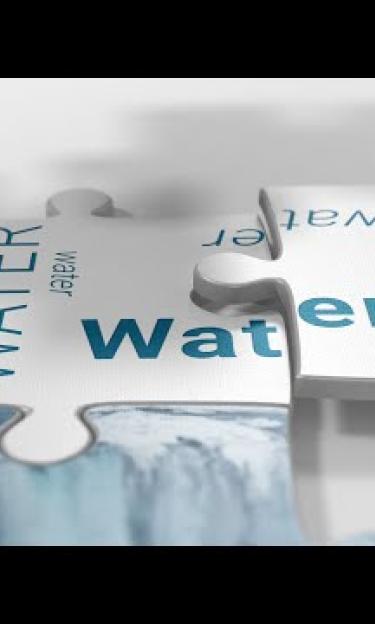
"Water is our common future and we need to act together to share it equitably and manage it sustainably. As the world convenes for the first major United Nations conference on water in the last half century, we have a responsibility to plot a collective course ensuring water and sanitation for all."

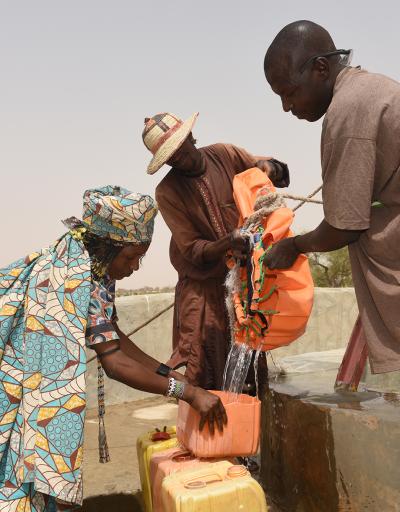
Nearly every water-related intervention involves some kind of cooperation. Occurring across local to global scales, through formal and informal arrangements, water partnerships bring together different stakeholders with varying intentions.
Cooperation is critical to achieving all water-related goals and targets. Any acceleration of progress towards the sixth Sustainable Development Goal (SDG 6) depends heavily on the efficient and productive performance of partnerships.
Inclusive stakeholder participation promotes buy-in and ownership. Taking account of the different perspectives of those involved helps determine a clear, shared vision of the objectives, outcomes, and results, based on a common understanding of the problem(s).
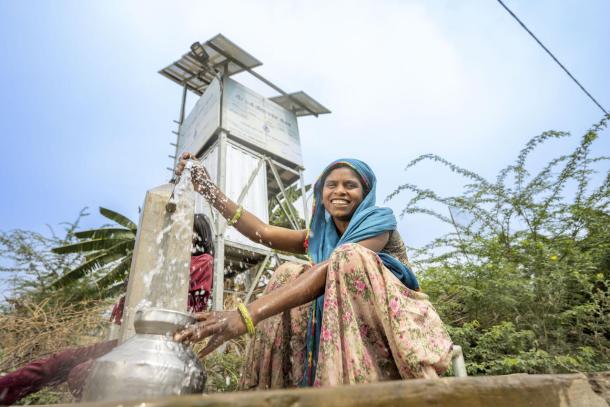
What is a partnership or cooperation?
Partnerships are “voluntary and collaborative relationships between various parties, both public and non-public, in which all participants agree to work together to achieve a common purpose or undertake a specific task and, as mutually agreed, to share risks and
responsibilities, resources and benefits” and are often based on some type of formal or
informal agreement. Water cooperation is a less formal practice of “working together to
the same end” towards a common goal to peacefully manage and use freshwater resources at the local, national, regional and international levels.
- Intra-sectoral partnerships and cooperation occur between or among stakeholders with a common and specific type of water-related use or objective.
- Cross-sectoral (or inter-sectoral) partnership and cooperation, involves actors with different water-related foci and multiple (different or even competing) water-related objectives.
- Extra-sectoral partnership and cooperation, involves actors from ‘outside the water domain’, where the primary foci and objectives of some partners are not primarily water-related, but where water plays a determining role.
Facts and figures
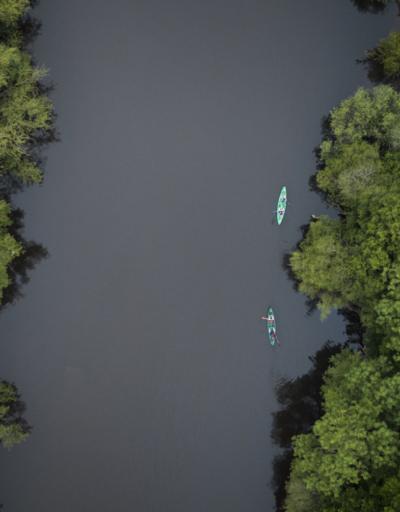
Events
Contributing partners
UN-Water members that contributed to the UN World Water Development Report 2023
